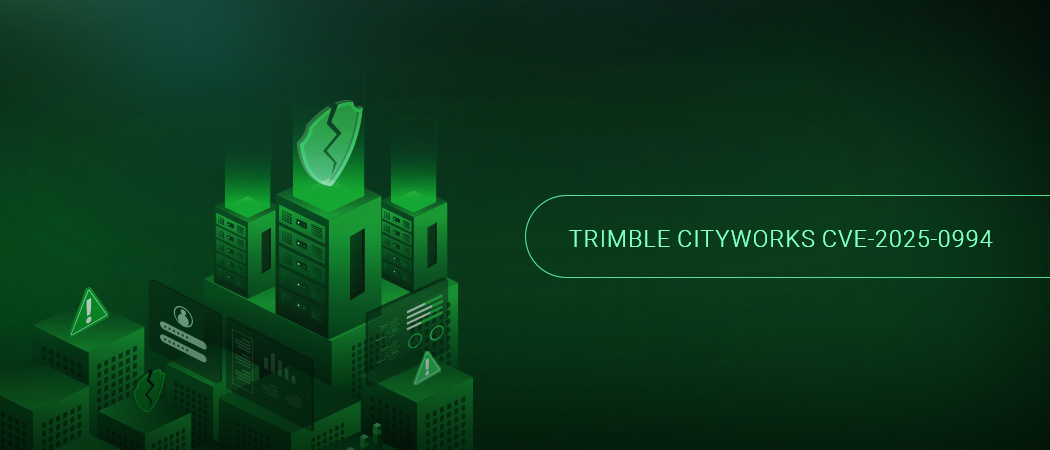Two new CVEs in Apache Camel have been disclosed warranting immediate attention from users. On March 9, 2025, Apache disclosed CVE-2025-27636 (CVSS 5.6), a Remote Code Execution (RCE) flaw. Two days later, on March 11th, Akamai’s Security Intelligence Group (SIG) reported a bypass technique for the original patch, resulting in CVE-2025-29891 (CVSS 4.2) being published on March 12th.

Although the two vulnerabilities have only been assigned moderate CVSS severity scores by CISA-ADP (CISA’s Authorized Data Publisher), they could be severe impact vulnerabilities depending on the targeted Camel instance’s configuration. Both CVEs have the same root cause: improper filtering of HTTP headers or HTTP parameters when communicating to an Apache Camel instance. As the article’s title suggests, parameters were filtered using case-sensitive methods, while the arguments themselves were being applied in a non-case-sensitive manner.
Furthermore, publicly available proof-of-concept (PoC) code and a relatively complete technical description adds to the risk. Greenbone can detect both CVE-2025-27636 and CVE-2025-29891 with vulnerability tests that actively check for exploitable HTTP endpoints. Let’s review the details.
What Is Apache Camel?
Apache Camel is a popular open-source Java library for integrating different components of a distributed enterprise system architecture such as APIs or microservices. In a nutshell, Camel is a versatile platform for routing and mediation based on the Enterprise Integration Patterns (EIPs) concept of enterprise system architecture design. Apache Camel is heavily based on EIPs and provides an implementation of these patterns via its domain-specific languages (DSL) that include Java, XML, Groovy, YAML and others.
As of 2021, Apache Camel held approximately 3.03% of the Enterprise Application Integration market. The software is used by over 5,600 companies, roughly half being US-based. Camel’s market share is predominantly in the Information Technology and Services industry (33%), Computer Software industry (12%) and Financial Services industry (6%).
Two New CVEs in Apache Camel May Allow RCE
When any of Camel’s HTTP-based components handle requests, a default filter is supposed to prevent exposure of sensitive data or execution of internal commands. However, due to a flawed case-sensitive filtering rule, only exactly matched headers were filtered. However, downstream in the program logic, these headers were being applied in a non-case-sensitive manner, allowing filter bypass. Changing the case of the first character of the header name, an attacker could bypass the filter to inject arbitrary headers.
The good news is that either the camel-bean or camel-exec component must be enabled in combination with an http-based component such as such as camel-http, camel-http4, camel-rest, camel-servlet or others. Also, exploitation is limited to internal methods within the scope declared in the HTTP request URI. One final saving grace is that this flaw has not been implicated as an unauthenticated vulnerability. Therefore, unless the system designers have implemented any authentication and authorization for a Camel HTTP API, it is not exploitable.
At the high-end of the risk spectrum, if the Camel Exec component is enabled and targeted, an attacker can achieve arbitrary RCE as the user controlling the Camel process. RCE is achieved by sending the CamelExecCommandExecutable header to specify an arbitrary shell command, overriding the commands configured on the back-end. If exploitable Camel HTTP APIs are Internet accessible, the risk is especially high, however, this flaw could also be used for lateral movement within a network by an insider, or by attackers who have gained initial access to an organization’s internal network.
A technical description of the exploit chain and proof-of-concept (PoC) has been provided by Akamai.
What Is the Appropriate CVSS Score?
Although CVE-2025-27636 (CVSS 5.6) and CVE-2025-29891 (CVSS 4.2) have been assigned moderate severity scores, they could have a critical impact if either the camel-bean or camel-exec components are enabled in combination with http-based components. The situation highlights some limitations of the scoring by CVSS (Common Vulnerability Scoring System).
Akamai researchers report that the flaw is trivial to exploit and have published proof-of-concept (PoC) code, increasing the risk. This implies that the CVSS Attack Complexity (AC) metric should be set to Low (L). However, CISA-ADP has assessed attack complexity as high (AC:H) given these facts. Red Hat has accounted for these factors and increased the CVSS for CVE-2025-27636 to 6.3.
Also, the CISA-ADP assessed no impact to confidentiality for CVE-2025-29891, despite the potential for arbitrary RCE. However, if an Apache Camel instance has a vulnerable configuration, a high impact assessment for Confidentiality (C), Integrity (I) and Availability (A), is justified further increasing the criticality to CVSS 9.8.
On the other hand, the CISA-ADP assigned a Privileges Required (PR) value of None (N). However, although Akamai’s PoC does not use an HTTPS connection or authentication, it would be extremely negligent to operate an unencrypted and unauthenticated API. Apache Camel supports Java Secure Socket Extension (JSSE) API for Transport Layer Security (TLS) or using a KeyCloak Single Sign-On (SSO) authorization server. Camel instances with some form of client authentication enabled would be protected against exploitation. For most cases, the PR value should be adjusted to Low (L) or High (H) resulting in a diminished CVSS of 7.3 or 8.8.
Furthermore, the CVEs were assigned a Scope value Unchanged (UC). According to the CVSS v3.1 specification: “The Scope metric captures whether a vulnerability in one vulnerable component impacts resources in components beyond its security scope.” Execution of arbitrary shell commands on the compromised system is typically assigned the value of Changed (C). If the Camel process is owned by the Linux/Unix root or a Windows administrator user, an attacker would have virtually unlimited control of a compromised system. Accounting for the variety of possible CVSS assessments, CVE-2025-27636 and CVE-2025-29891 should be considered critical severity vulnerabilities if an instance meets the configuration requirements and does not apply authentication.
Mitigating the CVEs in Apache Camel
CVE-2025-27636 and CVE-2025-29891 affect Apache Camel version 4.10 before 4.10.2, version 4.8 before 4.8.5 and version 3 before 3.22.4. Users should upgrade to 4.10.2, 4.8.5 or 3.22.4 or implement custom header filtering using removeHeader or removeHeaders in Camel routes. It should be noted that Camel versions 4.10.0, 4.10.1, 4.8.0 to 4.8.4, and 3.10.0 to 3.22.3 are still vulnerable although they were considered security updates that addressed the flaw.
Also, it is strongly recommended that all HTTP endpoints in a distributed architecture employ strong authentication. For Apache Camel, options include: using Java Secure Socket Extension (JSSE) API for TLS with Camel components or using a KeyCloak OAuth 2.0 SSO authorization server. For legacy systems, a minimum of HTTP Basic Authentication should be configured.
Summary
Apache Camel users should immediately upgrade to versions 4.10.2, 4.8.5 or 3.22.4 to mitigate the newly published CVEs affecting Apache Camel. Alternatively, implement custom header filtering using removeHeader or removeHeaders in Camel routes. Strong authentication on all HTTP endpoints is also highly recommended for security best-practices. Apache Camel supports the JSSE API for TLS or KeyCloak SSO solutions. Greenbone is able to detect both CVE-2025-27636 and CVE-2025-29891 with vulnerability tests that actively check for exploitable HTTP endpoints.







